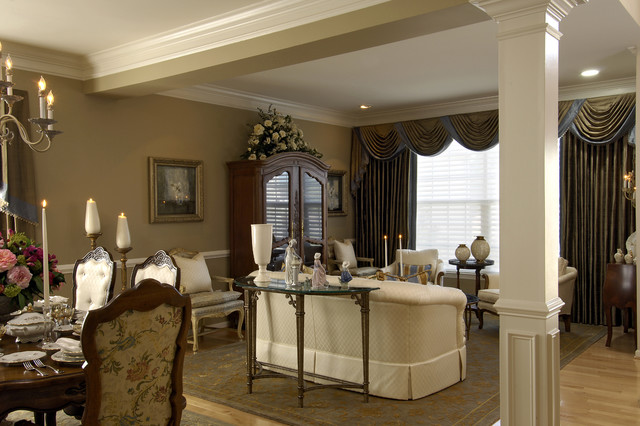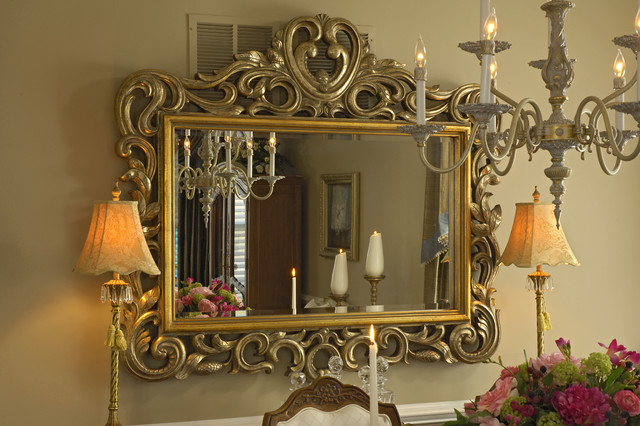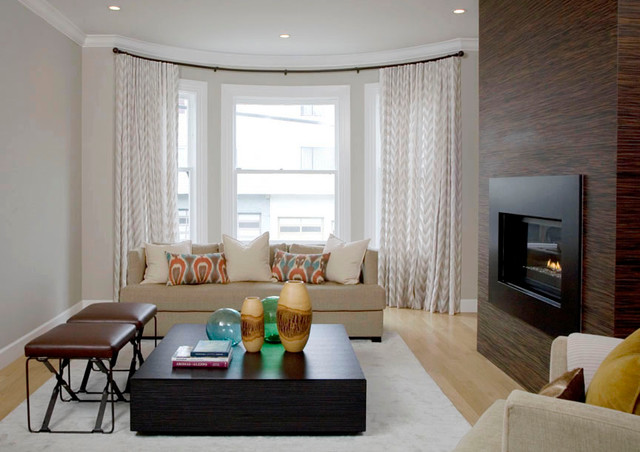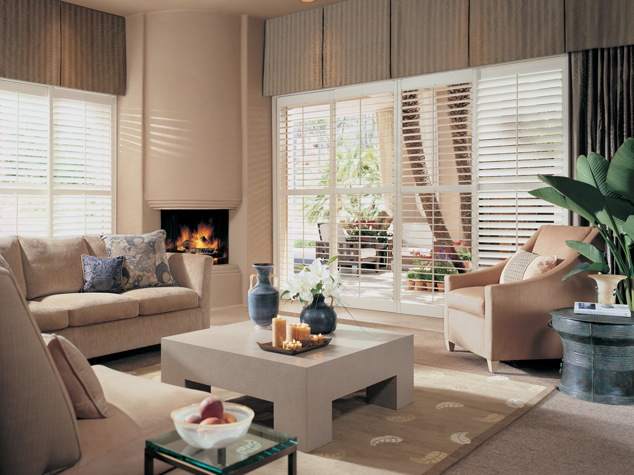Whether your look is contemporary, traditional or somewhere in between, matching it with your window treatments will ensure not only an aesthetically pleasing outcome but also a room that speaks of your design personality, an area you totally enjoy being in.
No, there is no big secret kept locked up in the depths of the ocean. What design professionals and interior designers do to dress your windows is not magic (in some sense, it is, as far as the result is concerned, but here we are talking about the principles applied to bring that outcome). They just tune in with the home owner’s personal vibe and bring it to life. You can do it, too! But first, you have to know which window treatments would be best for you, considering your personal aesthetic.
Here are some pointers:
1.Color, texture and pattern – This powerful trio has to be in the right proportions for your style. Balance them well and they will make your window treatment fit in your space like a glove.
2.How the fabric is manipulated – This includes the (1) type (valance, cornice, shade, curtain, drapery), (2) pleating (butterfly, reverse pinch, pinch, pencil, box), (3) decorative elements (swags, tassels, banding, ruffles), and (4) hanging method (hooks, rings, grommets, tab-top).
Based on the style you want your area to have, each of these elements has a time and place. The three primary styles are traditional, contemporary and transitional. Let’s have a look at their details, as well as the elements that can represent each look best.
Traditional Style
Traditional window treatments are usually defined by details. For example, you can use a swag to play the role of a valance and hide all the hanging hardware, just like the incredible designer Paula Grace did with this room. See how the shape of the swag matches the design of the mirror (image below)? It is all about minding the details. No need to go for rich draperies. In the past, using significant amounts of fabric was indicative of wealth and prosperity. Today, we are just using design elements from traditional treatments in a room. What you need to consider is how the design scheme in your home pairs your window treatment.
You can also have window treatments that play many roles. For example, if you have a wall-to-wall window, you can use a drapery with patterned fabric (an essential element of traditional window treatments) that serves a decorative role and have a drapery to control light on another window in the same room. Since everything has to be consistent, make sure the valance atop the wall-to-wall window matches the design of the other window’s drapery. Of course, traditional is not always equivalent to overly decorative. Installing, for example, simple roman shades is a vintage-style farmhouse kitchen will work like a charm, especially if the fabric is so elegant patterned that creates a softer look. The pattern selection can also give your window treatment a more casual feel, without straying from the traditional style. Always remember that traditional is not necessarily fussy. It shines in its simplicity.
Contemporary Style
In general, combining structured fabric with a structured shape will give your drapery panels a clearly defined role. Contemporary window treatments focus either on the pattern of the fabric used or the simplicity of the structure. Rarely will you see both in the same window treatment. The whole point is to minimize the complexity of hanging systems and play with clean lines. For example, sheers with pure vertical movement are an excellent option when considering a contemporary window treatment. For a more industrial feel, you can use industrial-sized grommets and a stainless steel rod to create a loving contrast with the sheers (especially if they are white!). If your windows have a strong architectural shape, you can stress their importance by using roman shades and focus on the pattern. Despite the fact that texture and pattern play a critical role in contemporary window treatments, we can’t ignore the architectural nature of vertical lines of a drapery; they highlight the height of a contemporary living space and enhance the room.
If you feel you are best represented by this style, this is how to match your contemporary style with your windows!
Transitional Style
Transitional style is somewhere between the details in traditional window coverings and the simplicity of modern treatments. It is like blending the best of two worlds. To bring a transitional style to your windows, you can use a drapery with just a little detail (it could have a pinch pleat at the top-only make it simple not something too fancy) and indeed much more pattern and color than what you would have used in a contemporary setting.
For instance, your drapery panels can have a structured shape and be combined with a, say, geometrical fabric that will give the panels a perfectly defined role in a living room. Or you can pair simple panels with shades that will play a decorative role and soften the strong architectural lines of your windows. Another great idea is to combine a traditional table and chairs (i.e. European-inspired) with modern art and a contemporary light fixture and exhibit excellent transitional styling. If you want to mix window treatment styles, then roman shades and drapery will cut for it. The trick is to use the same fabric on different types of openings. For instance, you will want to use a roman shade for a higher window to provide the necessary light blocking or filtering as per your desires while a drapery around a French door will give you the functionality you are looking for.
Again, vertical lines play a crucial role in reflecting a contemporary setting, although playing with texture and pattern is our primary focus. For a tremendous impact, play with the scale of the pattern. Matching, for example, an over-scale floral fabric that you will use for the drapery with a geometric design on a carpet or area rug will make your room feel transitional, although a bit borderline.
For more window treatments (for a nursery, commercial use, restaurant) and tips on what to choose between a valance and cornice, check out our blog!



